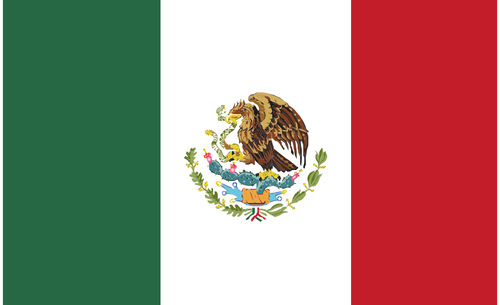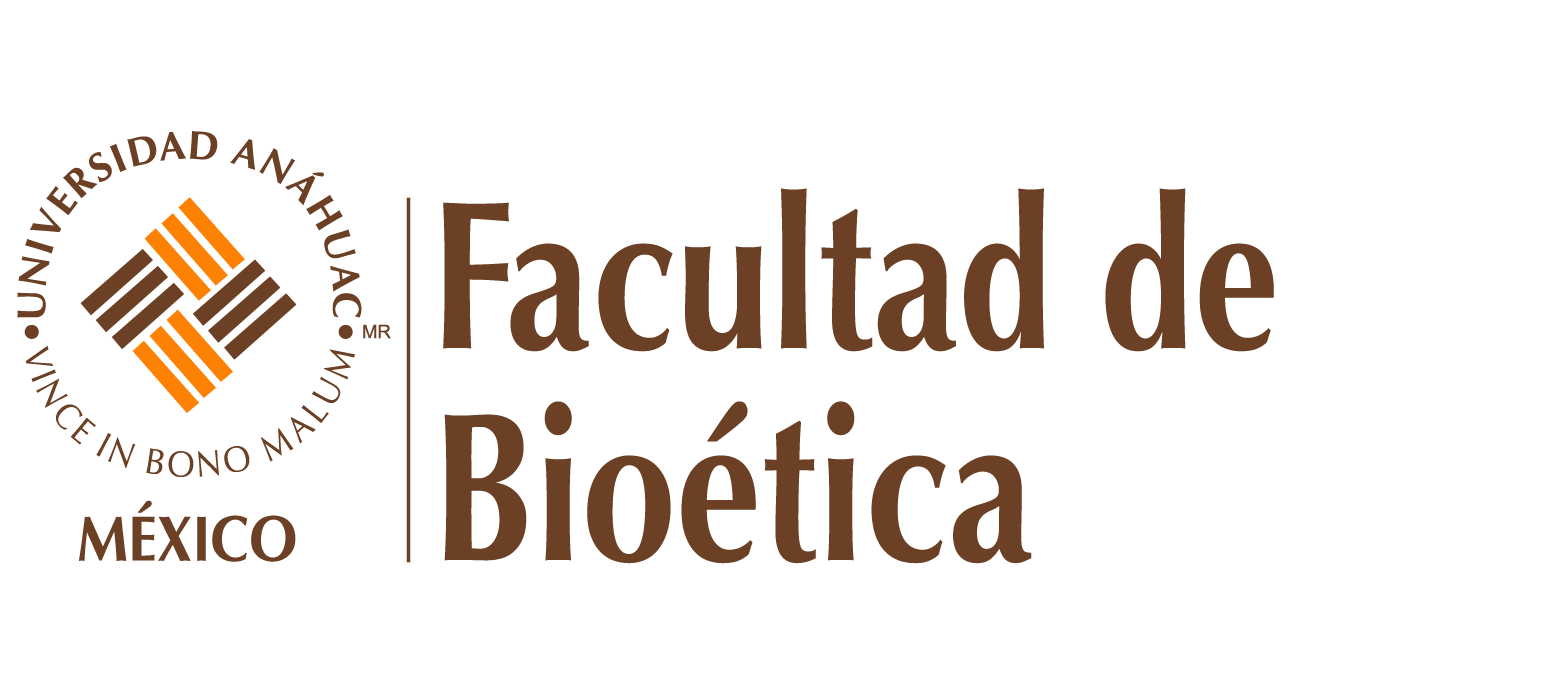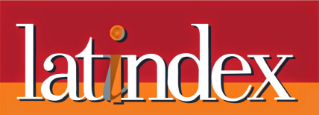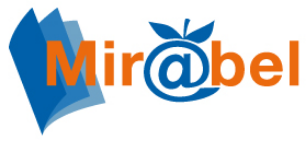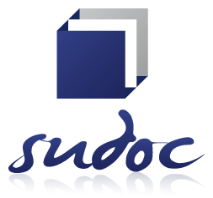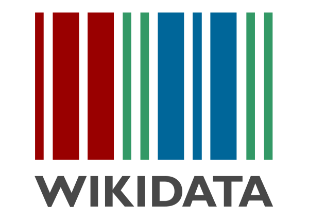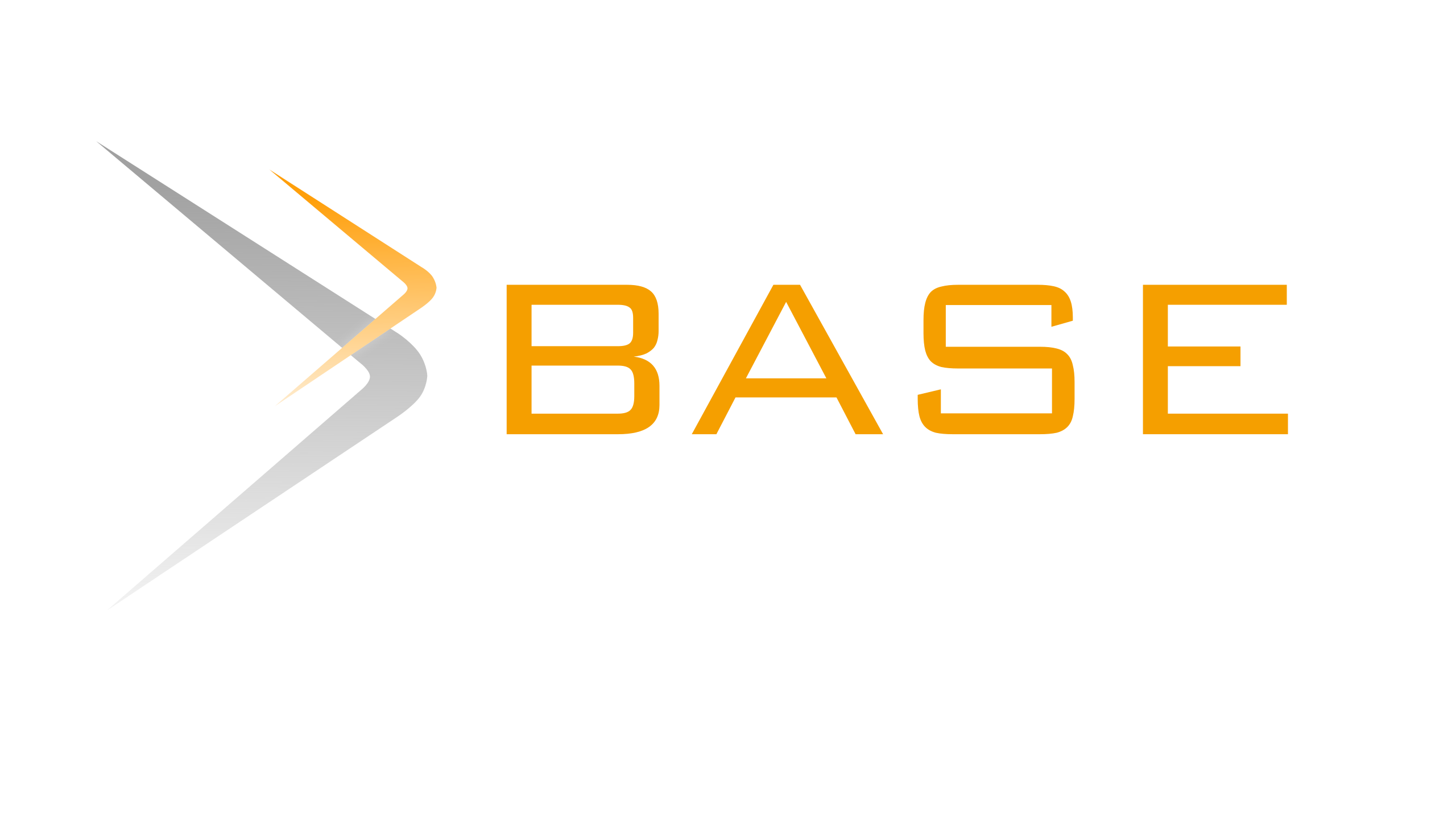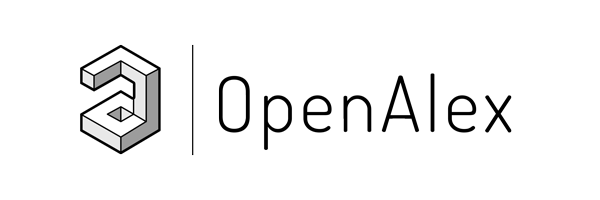Envíos
Los textos originales se enviarán a través de la plataforma Open Journal Systems (OJS) en la siguiente dirección electrónica: https://revistas.anahuac.mx/bioetica/ Para ello, los autores necesitan registrarse y enviar sus contribuciones acompañadas de la Carta de originalidad y la Autorización para comunicación pública de obra literaria firmadas y en pdf.
El autor se comprometerá a firmar una carta de autorización a la revista para que el manuscrito sea reproducido en formato impreso o electrónico, incluido internet, a través de cualquier medio de comunicación y/o difusión, conocido o por conocer.
1. Carta de originalidad
Todos los autores y coautores deben firmarla y otorgar sus datos.
https://www.anahuac.mx/mexico/files/Carta-de-originalidad_Revistas-Univ-Anahuac-Mexico.docx
2. Autorización para comunicación pública de obra literaria (artículo)
Medicina y Ética no cobra cuotas a los autores por envío, procesamiento y/o publicación de artículos.
Lista de verificación para la adecuación de entregas para autores:
La revista contará con dos secciones: primera, Artículos, y segunda, Reseñas.
- Asegúrese de que el envío no ha sido previamente publicado ni se encuentra bajo revisión en otra revista (o, en su caso, proporcione una explicación en los Comentarios al editor/a).
- Mantenga el texto con un espaciado sencillo, en fuente Arial de doce puntos, interlineado de uno punto cinco.
- El archivo debe estar en formato Microsoft Word y enviarse directamente por la plataforma Open Journal Systems de la revista.
- Todos los autores que se mencionan en el artículo deben haber realizado una contribución significativa, incluyendo estudiantes y técnicos.
Siempre que sea posible, incluya los DOI de las referencias.
Coloque todas las ilustraciones, figuras y tablas en sus ubicaciones correspondientes dentro del texto en lugar de al final.
Medicina y Ética brinda acceso abierto a su contenido con el principio de que la investigación esté disponible gratuitamente para el público que apoya un mayor intercambio global del conocimiento. Por lo que no existe un cobro de cuotas a los autores por envío, procesamiento y/o publicación de artículos.
Artículos
Los artículos deberán contar con los siguientes requisitos:
• Material inédito. Este envío no ha sido previamente publicado y no está siendo evaluado por ninguna otra revista.
• Título en español y en inglés.
• Extensión mínima de 15 cuartillas y máxima de 30. Deben ser solamente monográficos.
• Resumen en español de aproximadamente 150 palabras y su versión en inglés (abstract).
• Palabras clave: de tres a cinco palabras clave no contenidas en el título y su versión en inglés (key words).
• Datos del autor. Nombre de cada autor con asterisco, señalando su lugar de adscripción laboral, ciudad y país y puesto de trabajo brevemente, así como su correo electrónico y su código ORCID.
Ejemplo:
Nombre, Apellidos
Profesor /director/ investigador de la Facultad de… / del Hospital… / del Centro de investigación…
De la (nombre de la institución)
Ciudad, País
El primer autor deberá enviar su correo electrónico.
La Coordinación Editorial se reserva el derecho de omitir títulos excesivos.
Ejemplo:
Nombre, Apellidos
Director asistente del Centro de Oncología Pediátrica (del Servicio de Pediatría)
Del Hospital X
El nombre del primer autor deberá corresponder a quien más haya intervenido en la elaboración del artículo, no por cargos académicos o clínicos.
En caso de existir conflicto de interés, los autores deben señalarlo en la publicación.
- Resumen en español:
El resumen debe tener una extensión de 150 palabras y ofrecer una visión clara del propósito de la investigación, los métodos fundamentales empleados (incluyendo la selección de la muestra y los enfoques analíticos y observacionales), los hallazgos clave (datos específicos y, en lo posible, su relevancia estadística), así como las conclusiones pertinentes y la singularidad de la investigación. La estructura del resumen variará en función del tipo de artículo, pero generalmente deberá contener secciones como Introducción, Objetivos, Materiales y Métodos, Resultados y Conclusiones. - Resumen en inglés:
El resumen en inglés tendrá una extensión máxima de 150 palabras, incluyendo los espacios, y reflejará las mismas características y contenido que el resumen en español. Comenzará con una versión en inglés del título del trabajo y se incluirán de tres a cinco palabras clave (palabras clave).
Se recomienda someter este párrafo a la revisión de un traductor con experiencia para asegurar su calidad. - Palabras clave:
De tres a cinco palabras clave no contenidas en el título y su versión en español e inglés (key words). - Introduccion:
En su contenido, se espera que se aborden los antecedentes relevantes, se exponga el contexto del problema a investigar y se establezcan los objetivos del estudio. Esta exposición debe llevarse a cabo de manera fluida y coherente, respaldada adecuadamente por la información bibliográfica pertinente. - Material y Métodos:
Es esencial que en este apartado se describan de manera explícita las particularidades de la muestra y los métodos empleados. Esta exposición debe permitir a otros investigadores llevar a cabo estudios similares con facilidad. Los autores deben proporcionar un detallado registro de los procedimientos éticos seguidos, especialmente en experimentos que involucren animales, pacientes o el manejo de datos confidenciales. Además, es imperativo asegurar que se haya obtenido el consentimiento informado y que se cuente con la aprobación del comité de ética de la institución correspondiente, esta carta de aprobación debe ser anexada en los archivos a enviar en Open Journal Systems o en la sección de Material y Métodos como folio u oficio. - Resultados:
En esta sección se presentarán los descubrimientos fundamentales del estudio, complementados por gráficos o figuras esenciales que enriquezcan la información proporcionada en el texto. Se enfatiza la importancia de evitar redundancias entre el contenido escrito y las tablas o figuras. - Tablas y figuras:
Las tablas deberán ser numeradas consecutivamente en el orden en que se mencionan en el texto. Los títulos de las tablas se ubicará en la parte superior de las mismas, y se proporcionará una explicación de las abreviaturas, así como notas explicativas en la parte inferior si aplica. Deberán tener la referencia correspondiente, de ser elaboradas por el autor deberán llevar la leyenda correspondiente. (Elaboración propia)
En cuanto a la calidad de las figuras, es importante que los gráficos, trazados y dibujos se creen utilizando programas de alta resolución, como JPG, TIFF, EPS, PowerPoint e Illustrator. Toda la iconografía debe ser original, y si se utiliza material de origen externo, se debe citar la fuente y obtener el permiso previo de la editorial correspondiente. Las figuras no deben duplicar información ya presente en el texto.
- Discusión:
Esta etapa implica la comparación de los resultados obtenidos con los hallazgos documentados en la literatura científica y con los objetivos e hipótesis planteados en el trabajo. - Conclusiones:
En esta parte, se resumirán de manera concisa las conclusiones primordiales del estudio. Si se tratara de conclusiones preliminares, se podrán sugerir investigaciones futuras necesarias.
Es esencial que las conclusiones sean coherentes con los objetivos establecidos y que se deriven directamente del proceso de investigación llevado a cabo.
Si su artículo es de carácter cuantitativo y su estudio se llevó a cabo con personas o animales, es necesario que nos proporcione, además de todos los datos solicitados en las políticas y normas editoriales, el número de folio o constancia de que su trabajo fue aprobado por un Comité de Ética en Investigación. Sin este documento, NO podemos proceder a darle el seguimiento editorial.
Si usted no cuenta con dicha probación, puede recurrir al Comité de Ética en Investigación de la Universidad Anáhuac México, quien le dará el seguimiento correspondiente. El correo de contacto es: precomite@anahuac.mx
Reseñas
Las obras reseñadas deberán ser actuales, no mayores a cinco años de antigüedad y abordar temas de Bioética. Podrán versar sobre libros, artículos en revistas científicas indizadas o capítulos de libro en editoriales de prestigio (revisar SPI: https://spi.csic.es/). Las reseñas también podrán elaborarse sobre documentales o series audiovisuales que involucren uno o varios temas de Bioética y que no tengan una antigüedad mayor a 5 años.
Debe incluir el título del trabajo que se expone con su referencia bibliográfica. Además, el nombre, cargo, correo electrónico y código ORCID del autor de la reseña.
La reseña es una crítica académica, respetuosa y debe señalar los límites y los aportes del trabajo en cuestión.
Su extensión no deberá superar las cinco páginas.
En caso de requerir una guía sobre la elaboración de una reseña, descarga el siguiente archivo.
CÓMO ESCRIBIR UNA RESEÑA:
https://www.anahuac.mx/mexico/files/Elaboracion-de-resenas.pdf
Bibliografía
Deberá seguir el formato Vancouver y estar actualizada (no mayor a cinco años) Debe existir coincidencia entre las citas en el texto y la bibliografía.
* Las referencias de cada artículo deberán incluir su DOI, en caso de que lo tenga.
El DOI deberá mostrarse como un enlace URL completo y no estar precedido por doi: o DOI:.
Ejemplo: Soleimani N, Mohabati Mobarez A, Farhangi B. Cloning, expression and purification flagellar sheath adhesion of Helicobacter pylori in Escherichia coli host as a vaccination target. Clin Exp Vaccine Res. 2016 Jan;5(1):19-25. https://doi.org/10.7774/cevr.2016.5.1.19
Libro completo
Autor/es. Título del libro. Edición. Lugar de publicación: Editorial; año.
Bell J. Doing your research project. 5th. ed. Maidenhead: Open University Press; 2005.
Volúmenes independientes de libros
1. Volúmenes con título propio pero de los mismos autores/editores
Autor/es. Título del libro. Edición. Lugar de publicación: Editorial; año. Páginas. Vol. nº. Título del capítulo.
Cicchetti D, Cohen DJ, editors. Developmental psychopathology. Vol. 1, Theory and methods. New York: Johon Wiley & Sons, Inc.; c1995. 787 p.
2. Monografías seriadas
Autor/es. Título del libro. Edición. Lugar de publicación: Editorial; año. Páginas. (Autor/es. Título de la serie. Vol. nº.)
Stephens D, editor. Adult audiology. Oxford (UK): Butterworth-Heinemann; c1997. 657 p. (Kerr AG, editor. Scott-Brown's otolaryngology. Vol. 2).
Capítulos de libros
Autor/es del capítulo. Título del capítulo. En: Director/Coordinador/Editor del libro. Título del libro. Edición. Lugar de publicación: Editorial; año. página inicial-final del capítulo.
Franklin AW. Management of the problem. En: Smith SM, editor. The maltreatment of children. Lancaster: MTP; 2002. p. 83-95.
Artículo de revista
Autor/es. Título del artículo. Abreviatura internacional de la revista. año; volumen(número): página inicial-final del artículo.
Dawes J, Rowley J. Enhancing the customer experience: contributions from information technology, J Business Res. 2005; 36(5):350-7.
Actas de congresos y conferencias (se citan como un libro)
Harnden P, Joffe JK, Jones WG, editors. Germ cell tumours V. Proceedings of the 5th Germ Cell Tumour Conference; 2001 Sep 13-15; Leeds, UK. New York: Springer; 2002.
Comunicaciones y ponencias
Autor/es de la comunicación/ponencia. Título de la comunicación/ponencia. En: Título oficial del Congreso. Lugar de publicación: Editorial; año. página inicial-final de la comunicación/ponencia.
Anderson JC. Current status of chorion villus biopsy. Paper presented at: APSB 1986. Proceedings of the 4th Congress of the Australian Perinatal Society, Mothers and Babies; 1986 Sep 8-10; Queensland, Australian. Berlin: Springer; 1986. p. 182-191.
Recursos en internet
Libros
Autores. Título [Internet]. Lugar: Editor; año [revisión; consultado]. Disponible en: dirección electrónica.
Richardson ML. Approaches to differential diagnosis in musculoskeletal imaging [Internet]. Seattle (WA): University of Washington School of Medicine; 2007-2008 [revisión 2007-2008; consultado 29 de marzo de 2009 ]. Disponible en: http://www.rad.washington.edu/mskbook/index.htmlpA
Artículos de revistas
Autor. Título. Nombre de la revista abreviado [Internet]. año [consultado]; volumen(número): páginas o indicador de extensión. Disponible en: dirección electrónica.
Abood S. Quality of imrovement initiative in nursing homes. Am J Nurs [Internet]. 2002 [consultado 22 de noviembre de 2012]; 102(6). Disponible en: http://www.nursingworld.org
Sitios web
Autor/es. Título [Internet]. Lugar de publicación: Editor; Fecha de publicación [revisado; consultado]. Disponible en: dirección electrónica.
European Space Agency. ESA: Missions, Earth Observation: ENVISAT. [Internet]. [consultado 3 de julio de 2012]. Disponible en: http://envisat.esa.int/
Parte de un sitio web
Medline Plus [Internet]. Bethesda (MD): U.S. National Library of Medicine; c2009. Dental health; 6 de mayo de 2009 [citado 16 de junio de 2009]; [about 7 screens]. Disponible en: http://www.nlm.nih.gov/medlineplus/dentalhealth.html
Datos de investigación
Veljić M, Rajčević N, Bukvički D. A Revision Of The Moss Collection Of The University Of Belgrade Herbarium (Beou) From The Ostrozub Mountain In Serbia [Internet]. Zenodo; 2016. Disponible en: https://doi.org/10.5281/ZENODO.159099
Citas en el texto
Las citas en el texto se efectúan a través de llamadas con números arábigos entre paréntesis.
Cada trabajo citado en el texto debe tener un único número asignado por orden de citación. Si se cita una obra más de una vez, conservará el mismo número.
Las citas de un autor se pueden realizar por un número o integrando el nombre del autor seguido de un número en el texto. Cuando en el texto se menciona un autor, el número de la referencia se pone tras el nombre de éste. Si no se nombra al autor, el número aparecerá al final de la frase.
Los tumores pueden extenderse desde el pulmón a cualquier parte del cuerpo (1)…
Como indicó Lagman (2) los cuidados de la diabetes…
Si la obra tiene más de un autor, se citará en el texto el primer autor et al.
Simona et al. (5) establecen que el principio…
Para citar una obra que no tiene un autor conocido, se debe usar lo que se denomina como “autor corporativo”. Por ejemplo, una organización o una entidad.
El Ministerio de Sanidad (4) recientemente ha estimado que la hepatitis…
El número de personas que sufren de hepatitis en España ha crecido un 14% en los últimos 20 años (4)…
Algunos libros contienen capítulos escritos por diferentes autores. Cuando se cita el capítulo se citará al autor del capítulo, no al editor literario o director de la obra.
Bell (3) identificó que las personas que sufren de diabetes mellitus 2 requieren unos cuidados alimentarios estrictos…
Cuando hay más de una cita, éstas deben separarse mediante comas, pero si fueran correlativas, se menciona la primera y la última separadas por un guion.
Modern scientific nomenclature really began with Linnaeus in botany (1), but other disciplines (2,5) were not many years behind in developing various systems (4-7) for nomenclature and symbolization
Cita directa: Debe ser breve, de menos de cinco renglones, se inserta dentro del texto entre comillas, y el número correspondiente se coloca al final, después de las comillas y antes del signo de puntuación, se incluye la paginación
“…has been proven demonstrably false.” (4, p.23)
DERECHOS DE AUTOR
Todo el contenido intelectual que se encuentra en la presente publicación periódica se licencia al público consumidor bajo la figura de Creative Commons©, salvo que el autor de dicho contenido hubiere pactado en contrario o limitado dicha facultad a “Medicina y Ética©” o “Universidad Anáhuac©” por escrito y expresamente.
Medicina y Ética se distribuye bajo una Licencia Creative Commons Atribución-NoComercial-CompartirIgual 4.0 Internacional.
El autor conserva los derechos patrimoniales sin restricciones y garantiza a la revista el derecho de ser la primera publicación del trabajo. El autor es libre de publicar en cualquier otro medio su artículo, como un repositorio institucional.
Al formar parte de indexadores, bases de datos y sistemas de referencia, los artículos que sean publicados por "Medicina y Ética" se encontrarán visibles y serán descargados de forma gratuita, sin fines de lucro y con una naturaleza meramente académica y científica; en todos los casos, siempre se respetarán los derechos morales y de atribución de los autores, la fecha de publicación y el número de la revista al que corresponden. Todos los documentos publicados por "Medicina y Ética" pueden descargarse en la página web de la revista https://revistas.anahuac.mx/bioetica y en las bases de datos donde se encuentra indexada.
POLÍTICA DE PRIVACIDAD
Los nombres y direcciones de correo electrónico proporcionadas a través de este sitio de internet serán utilizados exclusivamente para los fines establecidos en nuestro Aviso de Privacidad.
Al enviar esta información, otorgo mi consentimiento para que los datos personales que proporciono sean tratados, durante el tiempo que resulte adecuado, por la Universidad Anáhuac México, institución privada de educación superior que opera en su Campus Sur a través de Universidad Anáhuac del Sur, S.C., y en su Campus Norte por medio de Investigaciones y Estudios Superiores, S.C., únicamente para las finalidades establecidas en sus avisos de privacidad integrales, los cuales manifiesto que conozco y que fueron puestos a mi disposición previamente en el vínculo de internet: http://www.anahuac.mx/mexico

